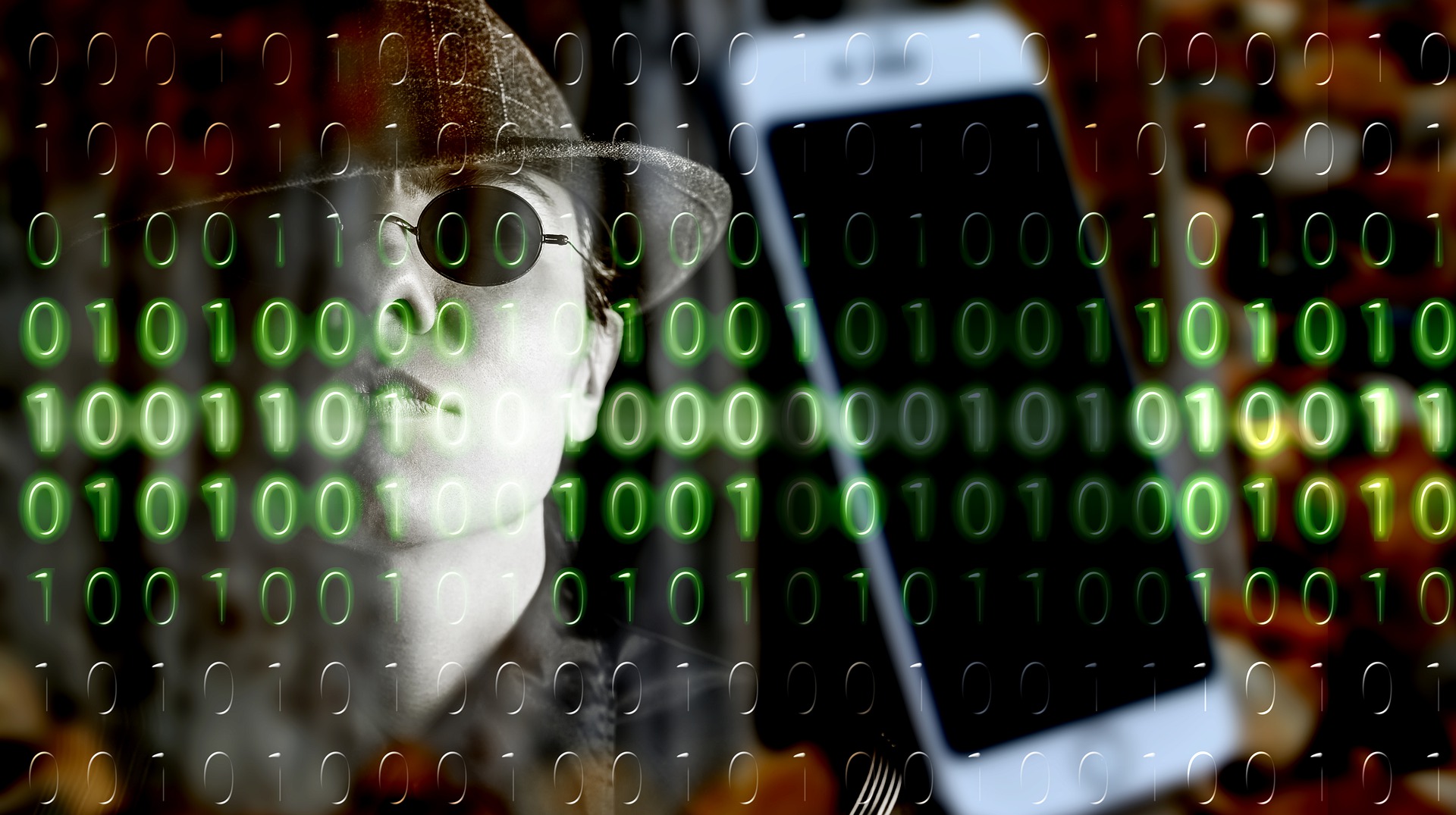
Actions to Take for Personal Computer Security: A Complete Guide for 2025
In today’s digital world, keeping your personal computer secure is more important than ever. Whether you use your computer for work, shopping, banking, or just browsing the web, it’s a target for hackers and malware. Fortunately, by taking the right actions, you can significantly reduce your risk. This article will guide you through the essential steps to protect your personal computer and keep your data safe.
Install a Trusted Antivirus and Antimalware Program
The first step in protecting your PC is to install reliable antivirus software. A good antivirus detects and removes threats like viruses, trojans, spyware, and ransomware. Many modern antivirus solutions also offer real-time protection and firewall integration.
Recommended options:
- Bitdefender
- Norton 360
- Malwarebytes (great for antimalware scans)
Make sure your antivirus is set to update automatically, so it can respond to the latest threats.
Keep Your Operating System Updated
One of the most overlooked aspects of PC security is system updates. Operating system developers, like Microsoft and Apple, regularly release security patches to fix known vulnerabilities. If you delay updates, your system may be open to attack.
Action step:
Turn on automatic updates for Windows or macOS so you don’t miss critical patches.
Use a Strong and Unique Password for Every Account
Using weak or repeated passwords is one of the top reasons people get hacked. Instead, create strong, unique passwords for each service. A strong password includes:
- At least 12 characters
- A mix of uppercase, lowercase, numbers, and symbols
To make life easier, consider using a password manager like:
- LastPass
- 1Password
- Bitwarden
These tools store and generate secure passwords so you don’t have to remember them all.
Enable Two-Factor Authentication (2FA)
Even the best password can be stolen. That’s why two-factor authentication (2FA) is critical. 2FA adds a second layer of security, typically a code sent to your phone or generated by an app like Google Authenticator.
Enable 2FA on:
- Email accounts
- Social media
- Banking apps
- Cloud storage (like Google Drive or Dropbox)
This simple step can block most unauthorized access attempts.
Be Cautious of Phishing Emails and Scams
Phishing attacks trick users into giving away personal information through fake emails or websites. These messages often look legitimate and urgent (e.g., “Your account is locked!”).
Tips to avoid phishing:
- Never click on suspicious links or download unknown attachments
- Check the sender’s email address carefully
- When in doubt, visit the official site manually
Install a browser extension like uBlock Origin to block harmful content and pop-ups.
Use a Firewall
A firewall monitors your computer’s incoming and outgoing connections. Most operating systems have a built-in firewall, but many people don’t enable it or customize it.
Make sure your:
- Windows Defender Firewall (on Windows)
- macOS Firewall (on Mac)
is turned on and properly configured. Some third-party antivirus suites offer enhanced firewall controls for more security.
Limit Admin Privileges
Avoid using an administrator account for daily activities. Using a standard user account reduces the chance of accidental changes or malware gaining full access.
How to do it:
- Create a separate admin account
- Use a standard account for regular use
This is especially useful if you share your computer with family members or roommates.
Secure Your Wi-Fi Network
Your computer is only as secure as the network it connects to. Make sure your home Wi-Fi has:
- A strong password (WPA3 encryption if possible)
- Hidden SSID (optional for advanced users)
- No default router login credentials
Also, avoid using public Wi-Fi for sensitive activities like online banking. If needed, use a VPN to encrypt your connection.
Securing your personal computer doesn’t have to be complicated. By following these ten practical steps—installing antivirus software, keeping your system updated, using strong passwords, enabling 2FA, avoiding scams, and backing up data—you’ll build a strong defense against most common cyber threats.
Take action today, and stay ahead of hackers tomorrow.



